The American City, Part 4: Complexity and Pattern in the City course featuring Dr. Mark David Major is now available from Planetizen Courses. The course is approved for 0.75 professional development credits with the American Institute of Certified Planners (AICP) and Congress for New Urbanism (CNU).
Watch an extended preview here.
The American City, Part 4: Complexity and Pattern in the City
The course discusses the design of the urban pattern in several American cities (Los Angeles, Chicago, Las Vegas, Seattle, St. Louis, Orlando, and Phoenix). The course examines: 1) the synergy between different scales of movement patterned into the urban grid, which contributes to the “urban buzz” of distinctive neighborhoods and places; 2) the large role that local topography plays in allowing, limiting, or denying certain possibilities for urban growth, due to the massive horizontal scale of American cities and the practical necessity of overcoming topographical conditions; 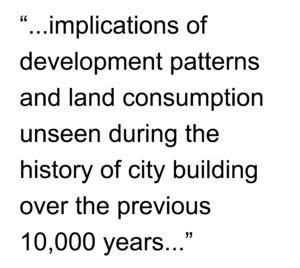 and 3) the consequences of government regulations, Euclidean zoning, modern transportation planning, and suburbanization during the post-war period in generating a hierarchal grid logic to the American regular grid planning tradition. The implications of development patterns and land consumption unseen during the history of city building over the previous 10,000 years are discussed.
and 3) the consequences of government regulations, Euclidean zoning, modern transportation planning, and suburbanization during the post-war period in generating a hierarchal grid logic to the American regular grid planning tradition. The implications of development patterns and land consumption unseen during the history of city building over the previous 10,000 years are discussed.
Click here to purchase the course by subscribing to Planetizen Courses.


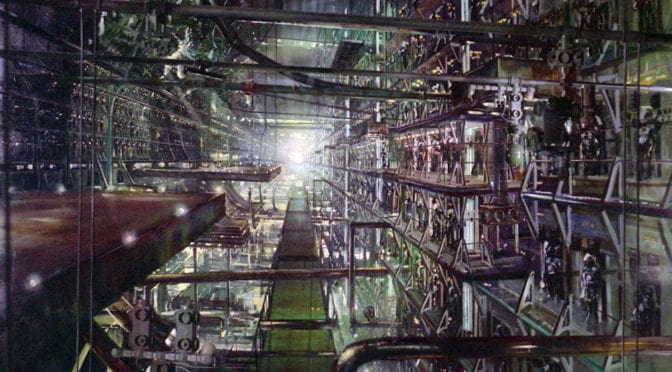
 Part III reviews the cinematic use of architectural precedents and typologies in crafting distinctive film-grammars in support of narrative and characterization for extended narratives. The “Architecture and Film” course series more closely examines the frequent role of the built environment in creatively reinforcing or subverting expectations of the audience about cinematic narratives (2.0 hour course). Click
Part III reviews the cinematic use of architectural precedents and typologies in crafting distinctive film-grammars in support of narrative and characterization for extended narratives. The “Architecture and Film” course series more closely examines the frequent role of the built environment in creatively reinforcing or subverting expectations of the audience about cinematic narratives (2.0 hour course). Click  Dr. Mark David Major, AICP, CNU-A is an architect and planner with extensive experience in urban planning and design, business management and real estate development, and academia. He is a Professor of Urban Design at the Savannah College of Art and Design. Mark has been a visiting lecturer at the University of Florida, Georgia Tech, Architectural Association in London, the University of São Paulo in Brazil, and Politecnico di Milano in Italy.
Dr. Mark David Major, AICP, CNU-A is an architect and planner with extensive experience in urban planning and design, business management and real estate development, and academia. He is a Professor of Urban Design at the Savannah College of Art and Design. Mark has been a visiting lecturer at the University of Florida, Georgia Tech, Architectural Association in London, the University of São Paulo in Brazil, and Politecnico di Milano in Italy.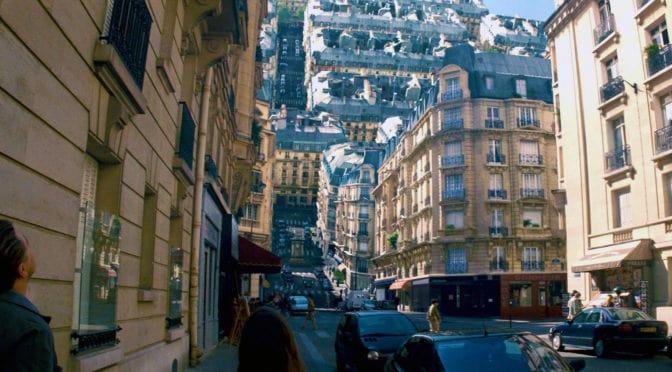
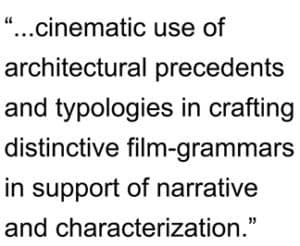 The “Architecture and Film” course series more closely examines the frequent role of the built environment in creatively reinforcing or subverting expectations of the audience about cinematic narratives. Click
The “Architecture and Film” course series more closely examines the frequent role of the built environment in creatively reinforcing or subverting expectations of the audience about cinematic narratives. Click 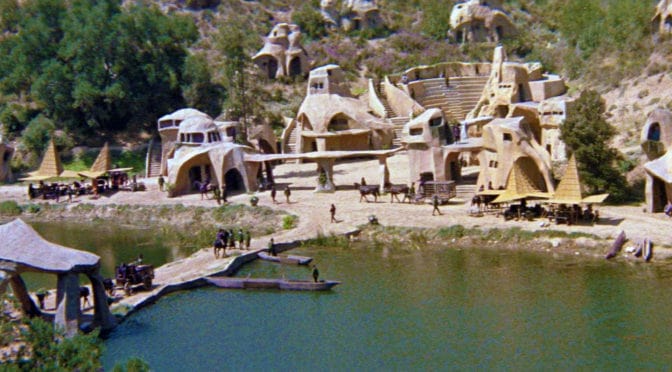
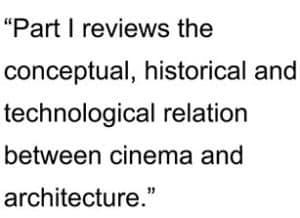 The “Architecture and Film” course series more closely examines the frequent role of the built environment in creatively reinforcing or subverting expectations of the audience about cinematic narratives. Click
The “Architecture and Film” course series more closely examines the frequent role of the built environment in creatively reinforcing or subverting expectations of the audience about cinematic narratives. Click 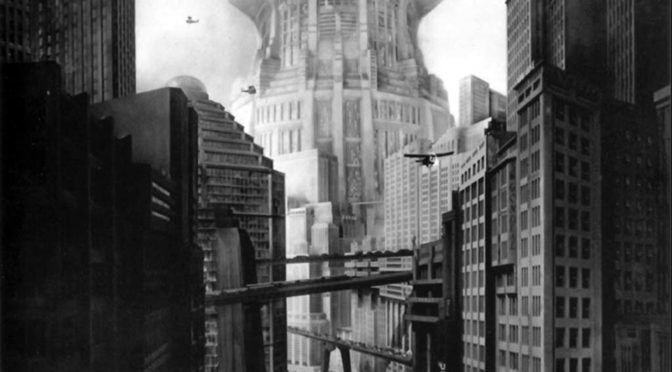
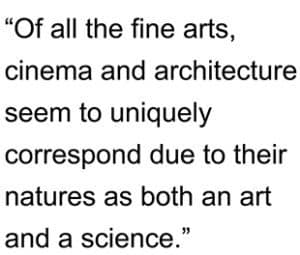 Part I reviews the conceptual, historical and technological correspondence between cinema and architecture. Parts II and III reviews filmmakers’ use of architectural typologies of space and form to craft distinctive film-grammars in service to cinematic narratives. Key concepts: film, narrative, artificial intelligence, CGI, technology, simulation, scale, historical precedent, architectural typology, and hyper-reality. Available soon to separately purchase as 2.0 hour courses ($14.99 each) or a 6.0 hour course series package ($39.99).
Part I reviews the conceptual, historical and technological correspondence between cinema and architecture. Parts II and III reviews filmmakers’ use of architectural typologies of space and form to craft distinctive film-grammars in service to cinematic narratives. Key concepts: film, narrative, artificial intelligence, CGI, technology, simulation, scale, historical precedent, architectural typology, and hyper-reality. Available soon to separately purchase as 2.0 hour courses ($14.99 each) or a 6.0 hour course series package ($39.99).